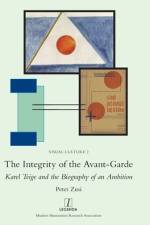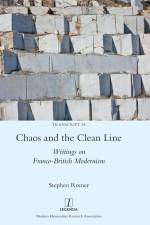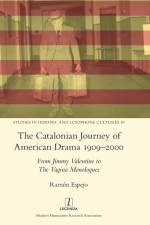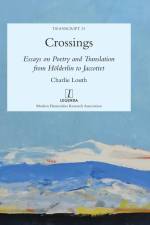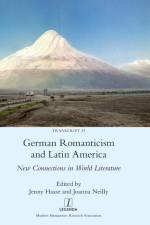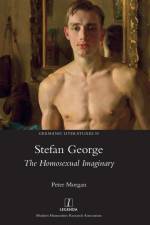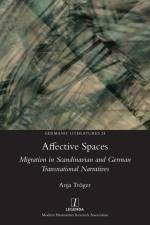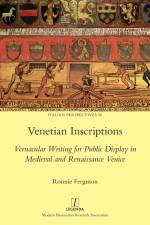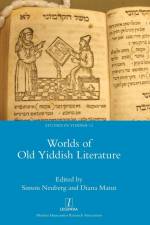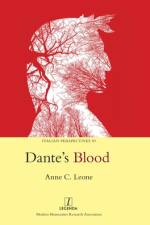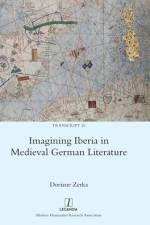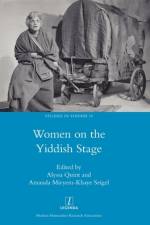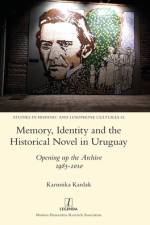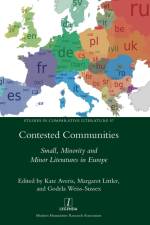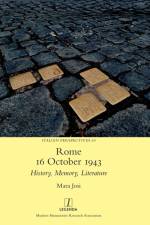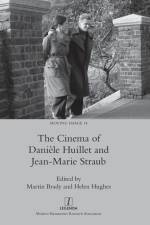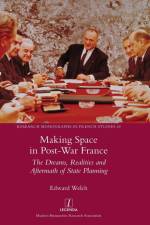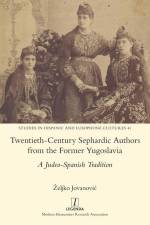av Ronnie Ferguson
427
Carved on stone, painted on canvas, wood or porcelain, stitched on fabric, written on parchment or printed on paper, the 109 inscriptions in this unique collection preserve the surviving public writing of Venice's individuals and collectivities in the Middle Ages and Renaissance. They celebrate the completion, authorship or sponsorship of buildings, sculptures, paintings, reliquaries and shrines. They caption the splendid mappa mundi of Fra Mauro and Jacopo de' Barbari's iconic view of Venice. They declare the ownership of a processional banner, of the recipient of a maiolica plate, and of neighbourhood association properties. They record wills, indulgences and appeals. They mark the graves of confraternities, a barber-surgeon and a master mason. They can be found from Piazza San Marco to the corners of Cannaregio and Castello as well as on the lagoon islands. Written in the vernacular, their weight of presence, unmatched by any other Italian centre, attests to the city's exceptional literacy in our period and provides a wealth of privileged historical information. The corpus, with accompanying photographic record, is the first of its kind. It is thoroughly contextualized and analysed in terms of historical and artistic background, script and language.Ronnie Ferguson is Emeritus Professor of Italian at the University of St Andrews and Cavaliere della Stella d'Italia. He is a Fellow of the Ateneo Veneto di Scienze, Lettere ed Arti and of the Accademia Galileiana. His research interests include medieval and Renaissance epigraphy, the language and culture of Venice, Renaissance comedy and historical linguistics.


